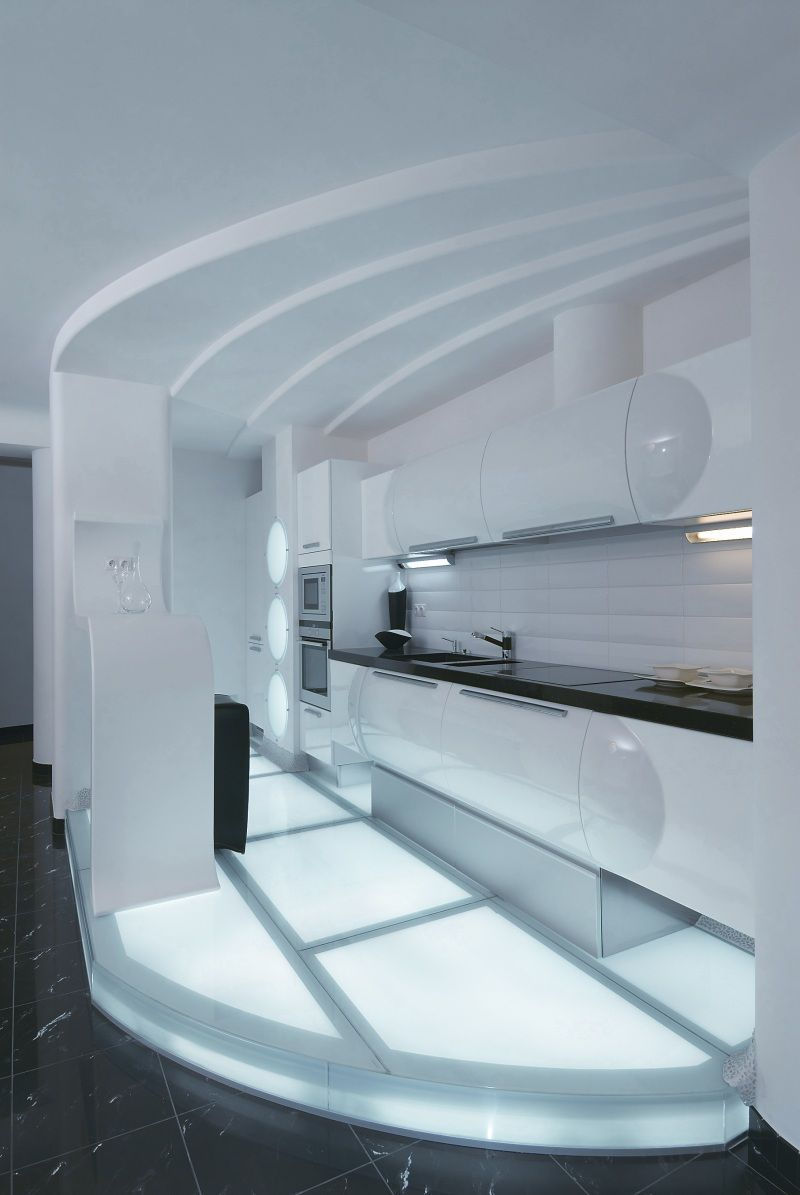Materials of the Future: Sustainable Options for Futuristic Interior Design
- Tara Riya
- Sep 21, 2022
- 2 min read

As the world becomes more conscious of the impact of human activities on the environment, sustainability has become an essential consideration in all industries, including interior design. Materials of the future are those that are eco-friendly, energy-efficient, and cost-effective. These materials are becoming increasingly popular in futuristic interior design as they contribute to creating sustainable spaces. Here are some of the sustainable options for futuristic interior design:
Bamboo: Bamboo is a highly renewable and fast-growing plant that can be used in various applications, including furniture, flooring, and wall panels. It is durable, lightweight, and has a unique aesthetic that can add an organic touch to futuristic designs.
Recycled materials: Using recycled materials is an effective way to reduce waste and environmental impact. Recycled materials such as reclaimed wood, recycled glass, and recycled plastic can be used in various interior design applications, including furniture, flooring, and wall panels.
Bioplastics: Bioplastics are materials made from renewable sources such as cornstarch, sugarcane, and potato starch. These materials are biodegradable, compostable, and can be used in various interior design applications, including furniture, lighting, and decorative objects.
Cork: Cork is a natural and sustainable material that is harvested from the bark of cork oak trees. It is durable, lightweight, and has excellent acoustic properties, making it an ideal material for flooring and wall panels.
Hemp: Hemp is a highly sustainable plant that requires minimal water and no pesticides to grow. It can be used in various applications, including textiles, furniture, and flooring.
Incorporating sustainable materials into futuristic interior design not only helps to protect the environment but also contributes to creating healthier and more comfortable living spaces. These materials are durable, cost-effective, and have unique aesthetics that can add character and personality to any design.
Additionally, bio-based materials are becoming increasingly popular for futuristic interior design. These materials are made from renewable resources such as corn, potatoes, and sugarcane. They have a low environmental impact, are biodegradable, and can be recycled. Bio-based materials are versatile and can be used in a range of applications, from furniture to flooring to wall coverings.
Another sustainable option for futuristic interior design is recycled materials. Designers can repurpose materials such as glass, metal, and plastic to create new and innovative products. Recycled materials not only reduce waste and conserve resources but also add a unique and eclectic touch to futuristic designs.
In conclusion, sustainable materials are a crucial consideration for futuristic interior design. By using eco-friendly materials, designers can create beautiful, functional, and environmentally responsible spaces that meet the needs of the present without compromising the ability of future generations to meet their own needs.
Comments